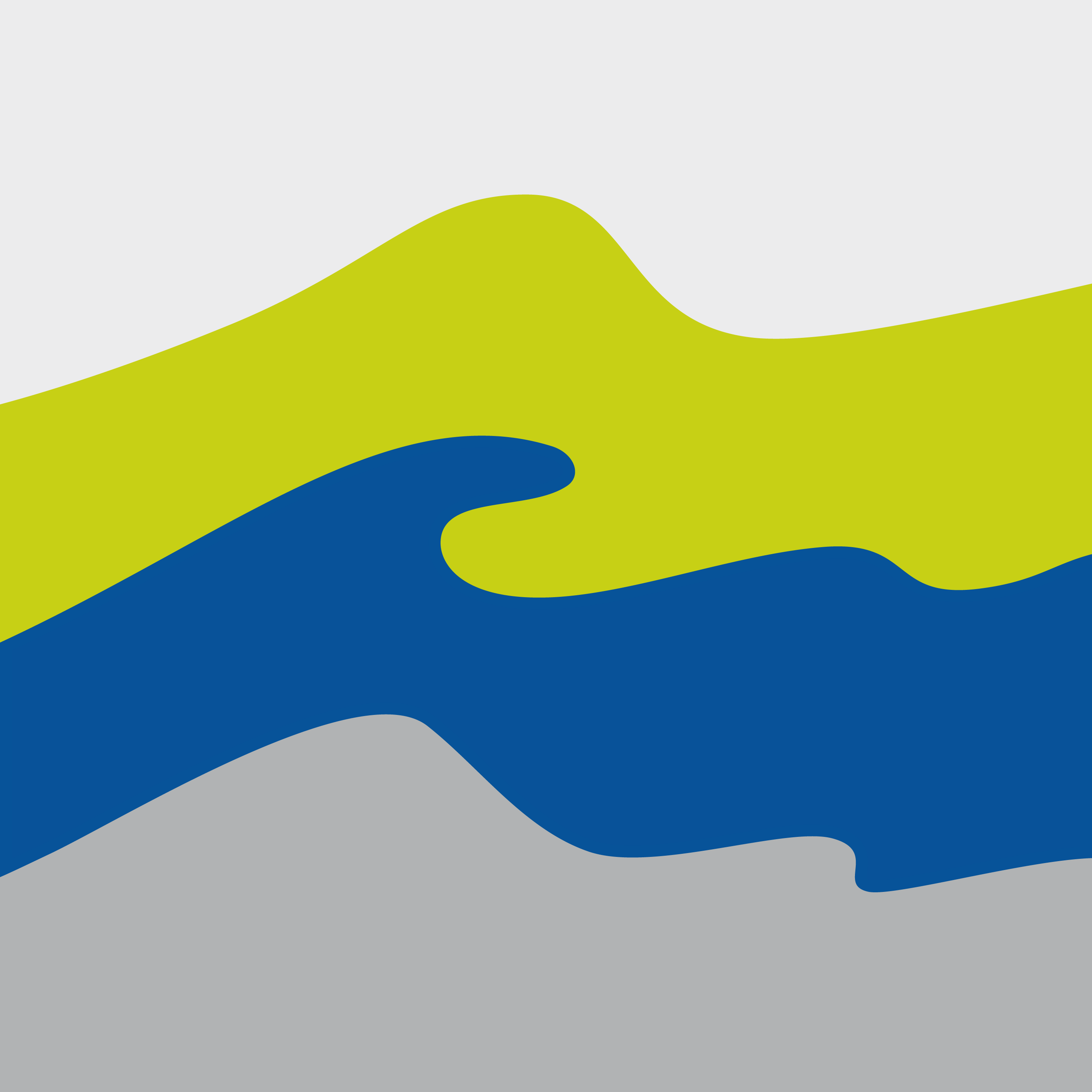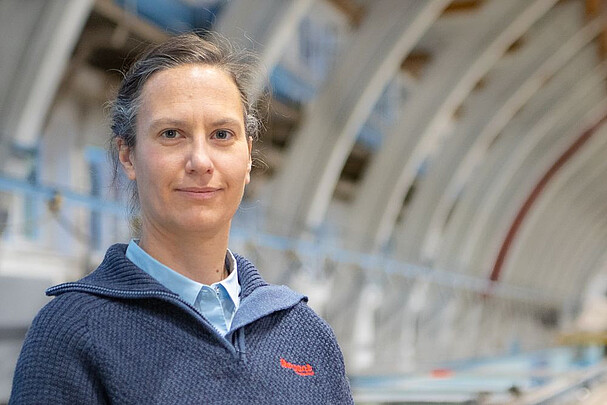Showing results 21 -
40
out of 55
Reents S, Möller I, Evans BR, Schoutens K, Jensen K, Paul M et al. Species-specific and seasonal differences in the resistance of salt-marsh vegetation to wave impact. Frontiers in Marine Science. 2022 Dec 14;9:898080. doi: 10.3389/fmars.2022.898080
Scheres B, Arns A, Bisgwa C, Deutschmann B, Fröhle P, Goseberg N et al. EcoDike – Grüne Seedeiche und Deckwerke für den Küstenschutz. Die Kuste. 2022;91:23-66. doi: 10.18171/1.091105
Taphorn M, Villanueva Granados RA, Paul M, Visscher JH, Schlurmann T. Flow field and wake structure characteristics imposed by single seagrass blade surrogates. Journal of Ecohydraulics. 2022;7(1):58-70. Epub 2021 Jul 2. doi: 10.15488/13044, 10.1080/24705357.2021.1938253
Villanueva R, Paul M, Schlurmann T. Anchor Forces on Coir-Based Artificial Seagrass Mats: Dependence on Wave Dynamics and Their Potential Use in Seagrass Restoration. Frontiers in Marine Science. 2022 Mar 29;9:802343. doi: 10.3389/fmars.2022.802343
Villanueva R, Thom M, Visscher J, Paul M, Schlurmann T. Wake length of an artificial seagrass meadow: a study of shelter and its feasibility for restoration. Journal of Ecohydraulics. 2022;7(1):77-91. Epub 2021 Jul 2. doi: 10.15488/12999, 10.1080/24705357.2021.1938256
Carus J, Arndt C, Schröder B, Thom M, Villanueva R, Paul M. Using Artificial Seagrass for Promoting Positive Feedback Mechanisms in Seagrass Restoration. Frontiers in Marine Science. 2021 Aug 3;8:546661. doi: 10.3389/fmars.2021.546661
Kosmalla V, Schönebeck JM, Mehrtens B, Keimer K, Paul M, Lojek O et al.. Soil-vegetation interactions in coastal landscapes: erosion reduction as ecosystem service in the context of integrated coastal zone management. 2021. doi: 10.5194/egusphere-egu21-8324
Marjoribanks TI, Paul M. Modelling flow-induced reconfiguration of variable rigidity aquatic vegetation. Journal of hydraulic research. 2021 Mar 30;60(1):46-61. doi: 10.1080/00221686.2020.1866693
Scheres B, Michalzik JC, Hoffmann TK, Paul M, Schüttrumpf H, Schlurmann T. Die Rolle der Deichvegetation aus Ingenieursicht. In Schüttrumpf H, Scheres B, editors, Ökologische Aufwertung von Seedeichsystemen: Erste Planungsempfehlungen für die Praxis mit aktuellen Erkenntnissen aus der Wissenschaft. Springer Vieweg. 2021. p. 67- 99. (Wasser: Ökologie und Bewirtschaftung). doi: 10.1007/978-3-658-31507-8_5
Scheres B, Arns A, Bisgwa C, Deutschmann B, Fröhle P, Goseberg N et al. Ökosystemare Aspekte an Seedeichsystemen. In Schüttrumpf H, Scheres B, editors, Ökologische Aufwertung von Seedeichsystemen: Erste Planungsempfehlungen für die Praxis mit aktuellen Erkenntnissen aus der Wissenschaft. Springer Vieweg. 2021. p. 15-27. (Wasser: Ökologie und Bewirtschaftung). doi: 10.1007/978-3-658-31507-8_2
Schönebeck JM, Paul M, Lojek O, Schröder B, Visscher J, Schlurmann T. Measuring soil erosion resistance on coastal dikes linking hyperspectral UAV-data, plant traits and soil information. 2021. Abstract from EGU General Assembly 2021. doi: 10.5194/egusphere-egu21-7116
Schoutens K, Reents S, Nolte S, Evans B, Paul M, Kudella M et al. Survival of the thickest? Impacts of extreme wave-forcing on marsh seedlings are mediated by species morphology. Limnology and oceanography. 2021 Jul 17;66(7):2936-2951. doi: 10.1002/lno.11850
Giebels D, Carus J, Paul M, Kleyer M, Siebenhüner B, Arns A et al. Transdisciplinary knowledge management: A key but underdeveloped skill in EBM decision-making. Marine policy. 2020 Sept;119:104020. Epub 2020 Jun 25. doi: 10.1016/j.marpol.2020.104020
Hadadpour S, Paul M, Oumeraci H. Numerical investigation of wave attenuation by rigid vegetation based on a porous media approach. Journal of coastal research. 2019 Jul 1;92(1):92-100. doi: 10.2112/si92-011.1
Paul M, de los Santos CB. Variation in flexural, morphological, and biochemical leaf properties of eelgrass (Zostera marina) along the European Atlantic climate regions. Marine biology. 2019 Oct;166(10):127. Epub 2019 Sept 17. doi: 10.1007/s00227-019-3577-2
Paul M. The protection of sandy shores – Can we afford to ignore the contribution of seagrass? Marine pollution bulletin. 2018 Sept;134:152-159. doi: 10.1016/j.marpolbul.2017.08.012
Carus J, Heuner M, Paul M, Schröder B. Plant distribution and stand characteristics in brackish marshes: Unravelling the roles of abiotic factors and interspecific competition. Estuarine, Coastal and Shelf Science. 2017 Sept 5;196:237-247. doi: 10.1016/j.ecss.2017.06.038
Carus J, Heuner M, Paul M, Schröder B. Which factors and processes drive the spatio-temporal dynamics of brackish marshes?—Insights from development and parameterisation of a mechanistic vegetation model. Ecological Modelling. 2017 Nov 10;363:122-136. doi: 10.1016/j.ecolmodel.2017.08.023
Gillis LG, Paul M, Bouma T. Ammonium uptake rates in a seagrass bed under combined waves and currents. Frontiers in Marine Science. 2017 Jun 28;4(JUN):207. doi: 10.3389/fmars.2017.00207
Rupprecht F, Möller I, Paul M, Kudella M, Spencer T, van Wesenbeeck BK et al. Vegetation-wave interactions in salt marshes under storm surge conditions. Ecological engineering. 2017 Mar 1;100:301-315. Epub 2017 Jan 9. doi: 10.1016/j.ecoleng.2016.12.030







